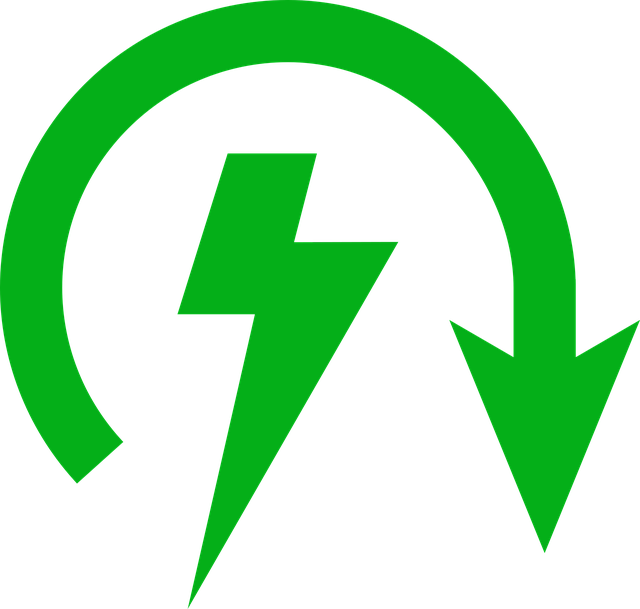The energy efficiency of household devices has become particularly challenging in the European Union with the risks of energy outages from supply chains. Additionally, for environmental reasons, aggressive obligations of ecodesign requirements target standby and off modes, per the following regulation:
Commission Regulation (EU) 2023/826 of 17 April 2023 laying down ecodesign requirements for off mode, standby mode, and networked standby energy consumption of electrical and electronic household and office equipment
Regulation 2023/826 stems from the general ESPR – Ecodesign for Sustainable Products Regulation (previously EU Directive 2009/125/EC ecodesign requirements for electrical-related products). Additionally, it repeals the previous regulation 1275/2008.
What is the Scope of Regulation 2023/826?
The standby and off mode regulation affects multiple classes of products in Europe, such as:
- Household appliances, especially laundry and kitchen.
- Domestic radio, video, audio, media, etc. equipment.
- Electric toys, games, train/car sets, and adjustable furniture.
- Motor-operated building elements, like blinds, doors, screens, and others.




